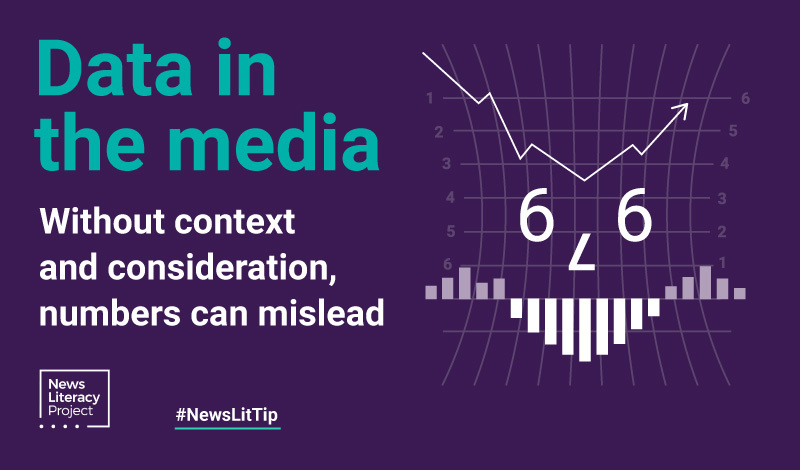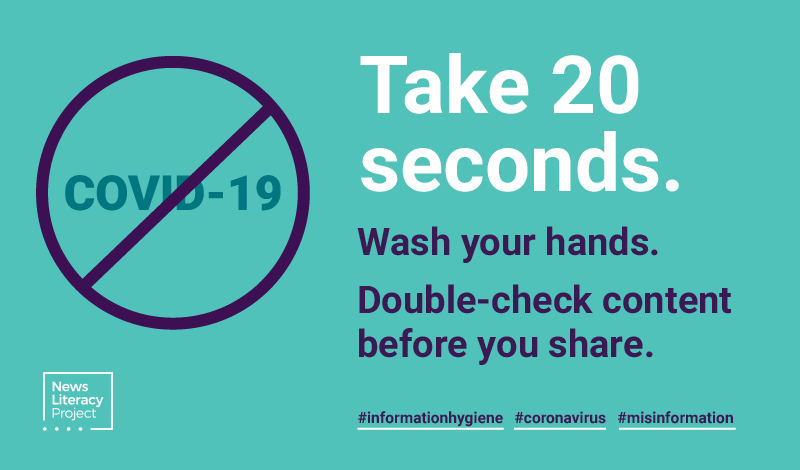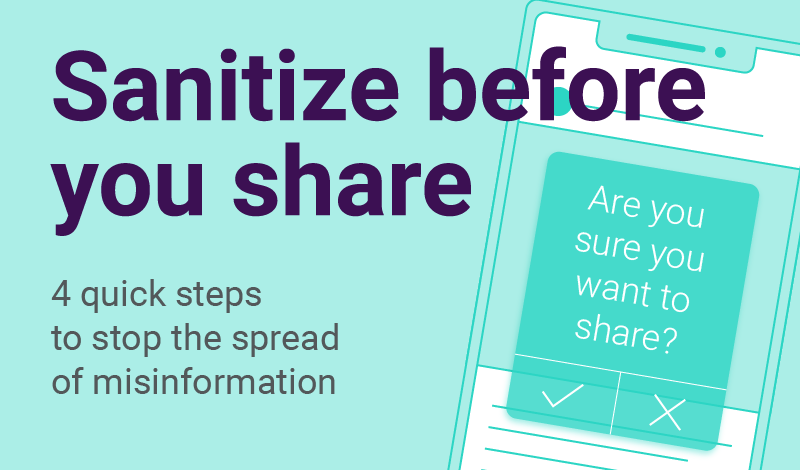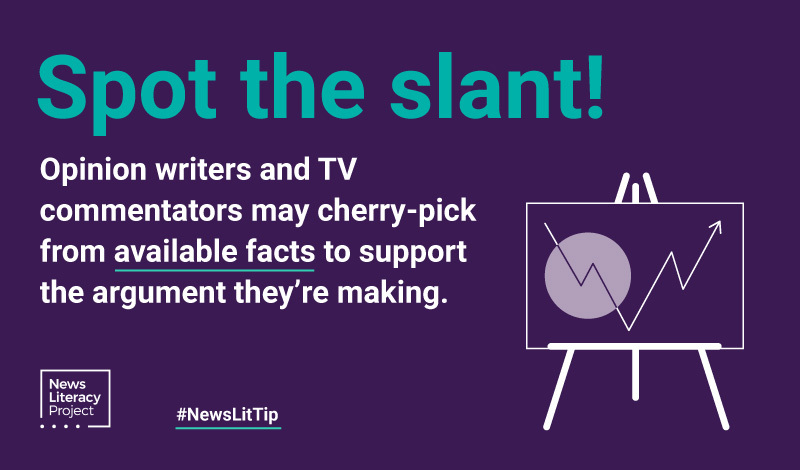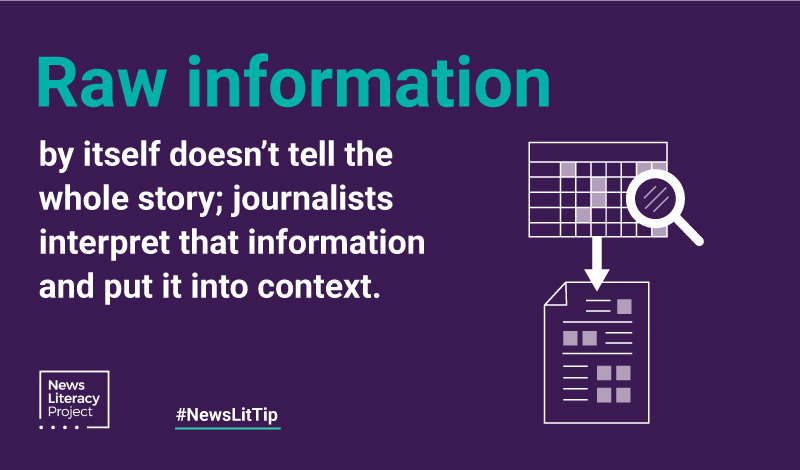
News Lit Tips
Expand your view with lateral reading
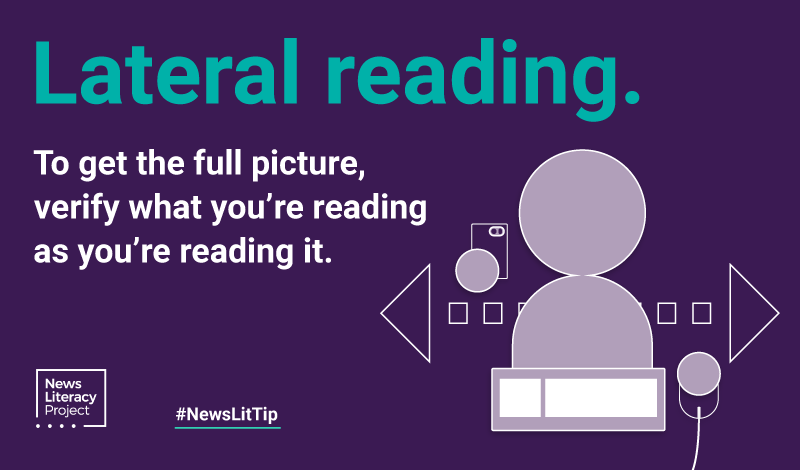
What do you do when you encounter information that leaves you scratching your head — wondering whether it’s a credible news report, a subtly disguised advertisement or a provocative piece of propaganda?
If you simply go down the rabbit hole of the site that posted or created it, you likely won’t get the clarity or context you need to make an informed decision.
So instead of going deep, go wide: Employ lateral reading.
“In brief, lateral reading (as opposed to vertical reading) is the act of verifying what you’re reading as you’re reading it,” writes Terry Heick in “This Is The Future And Reading Is Different Than You Remember” on TeachThought.com, a website featuring innovations in education. The lateral reading concept and the term itself developed from research conducted by the Stanford History Education Group (SHEG), led by Sam Wineburg, founder and executive director of SHEG.
Lateral reading helps you determine an author’s credibility, intent and biases by searching for articles on the same topic by other writers (to see how they are covering it) and for other articles by the author you’re checking on. That’s what professional fact-checkers do.
Questions you’ll want to ask include these:
- Who funds or sponsors the site where the original piece was published? What do other authoritative sources have to say about that site?
- When you do a search on the topic of the original piece, are the initial results from fact-checking organizations?
- Have questions been raised about other articles the author has written?
- Does what you’re finding elsewhere contradict the original piece?
- Are credible news outlets reporting on (or perhaps more important, not reporting on) what you’re reading?
The book Web Literacy for Student Fact-Checkers sums it up this way in the chapter “What ‘Reading Laterally’ Means”: “Lateral reading helps the reader understand both the perspective from which the site’s analyses come and if the site has an editorial process or expert reputation that would allow one to accept the truth of a site’s facts.”
If other reliable sources confirm what you’re reading, you can feel confident about its credibility.
